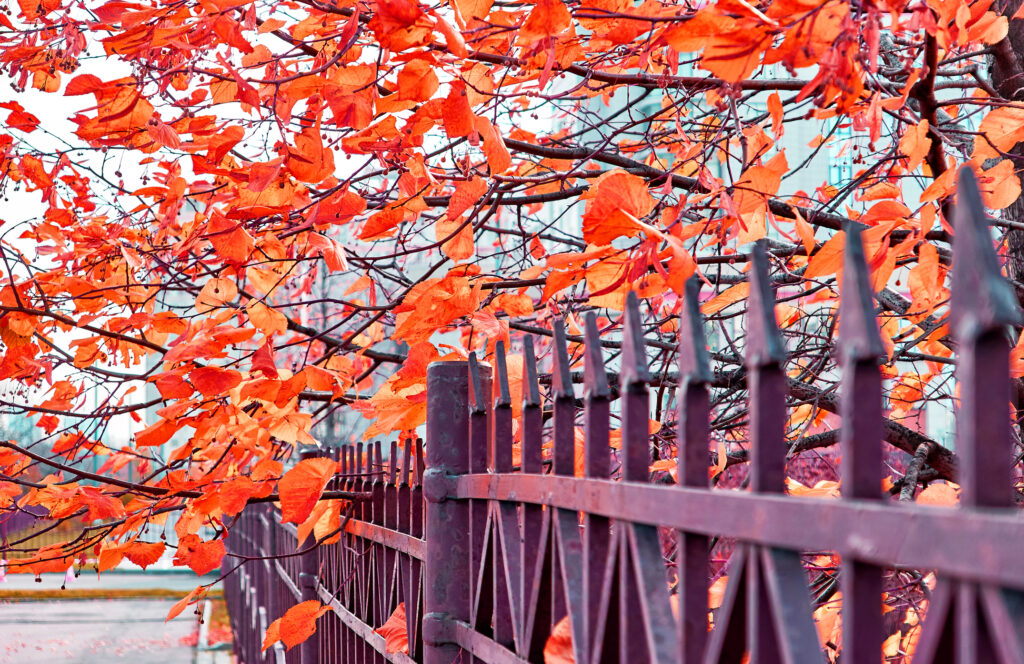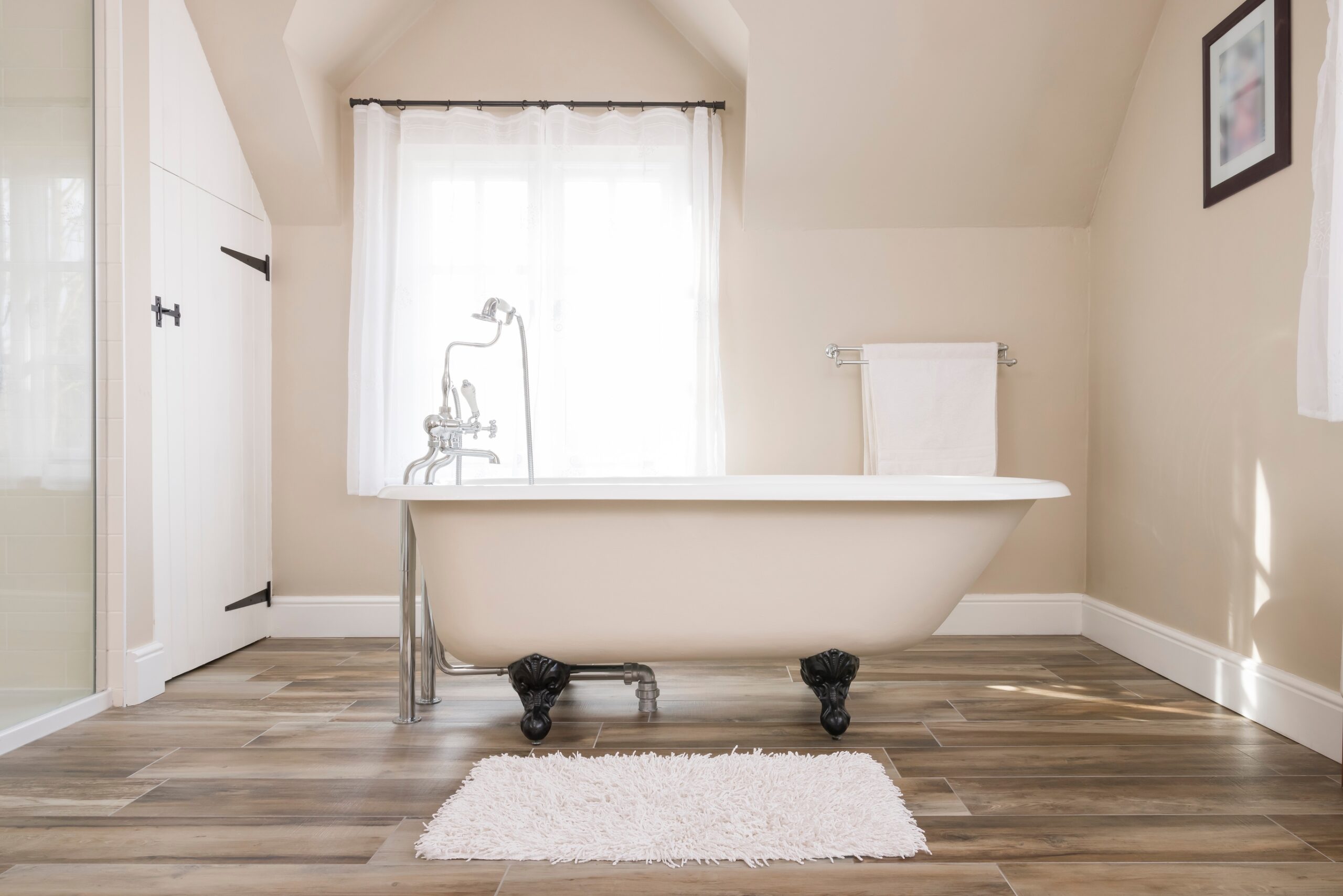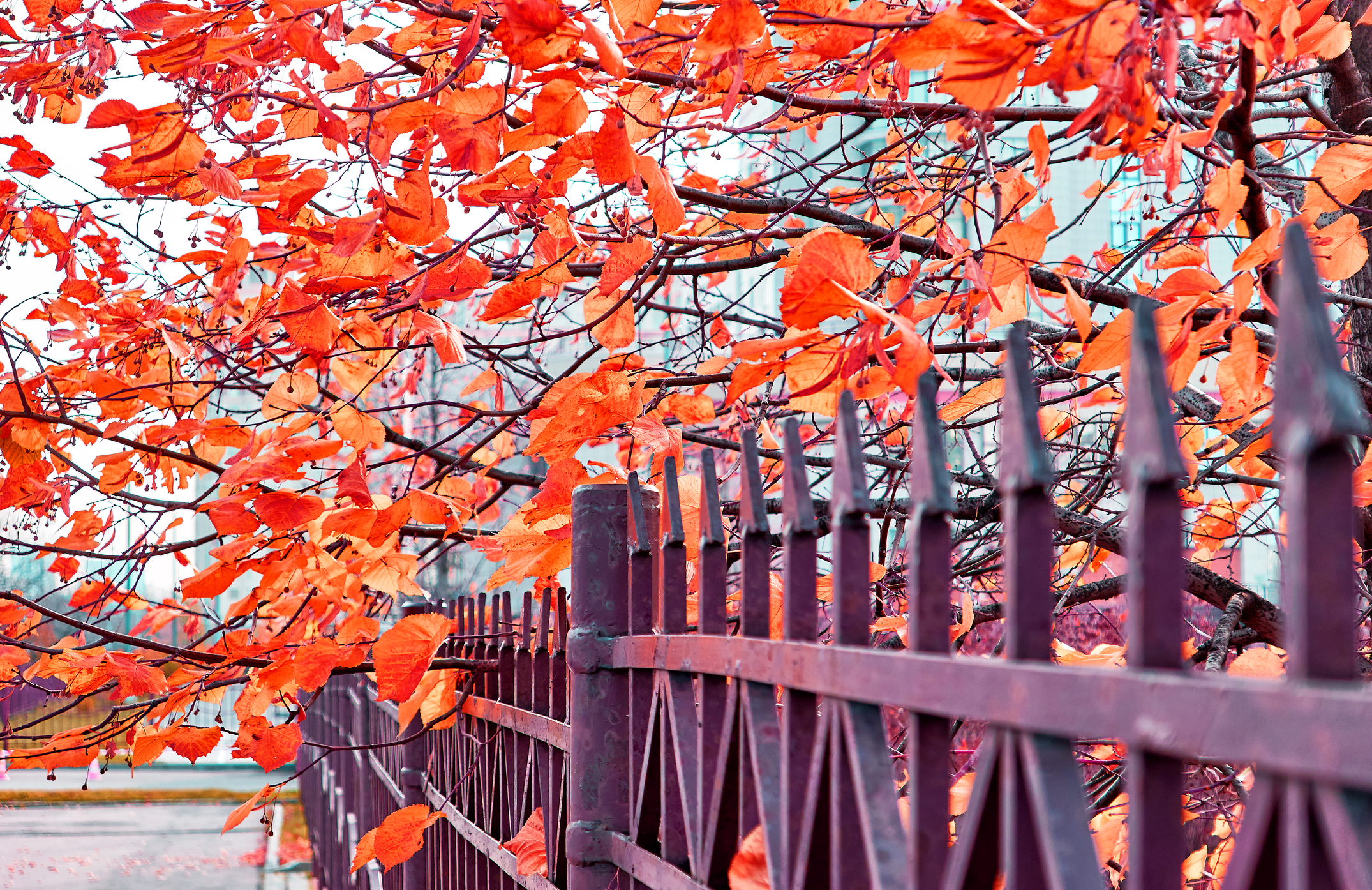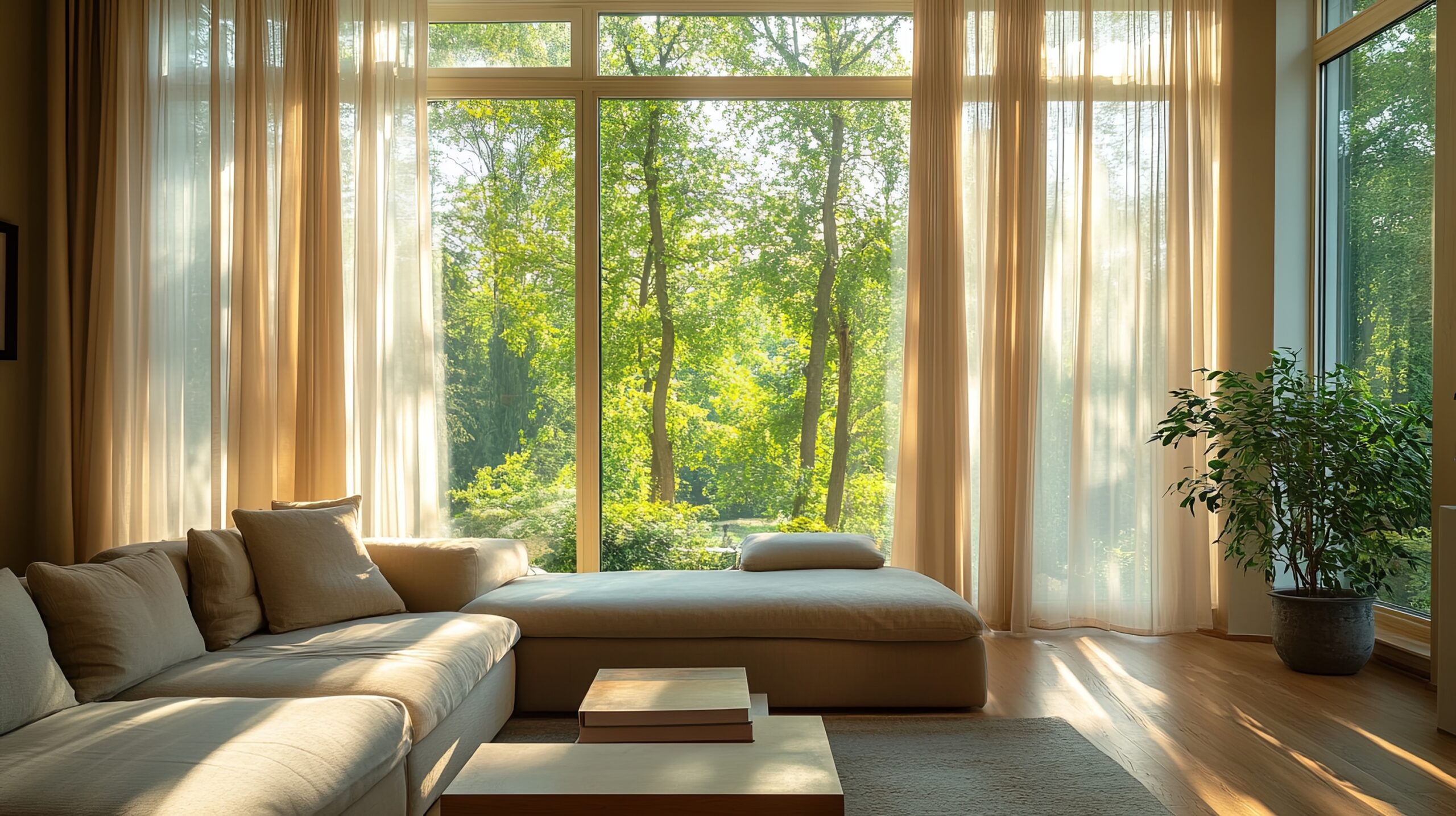In modern urban planning, sustainability is no longer an afterthought—it’s a necessity. Park furniture and infrastructure must seamlessly integrate with the environment, ensuring that cities and suburbs remain green, inviting, and functional. One crucial aspect of this is eco-friendly fencing. By using sustainable materials and incorporating additional elements like bollards, barriers, park benches and tree guards, urban areas can maintain security while complementing nature. When paired with other essential elements from street furniture manufacturers, such as bicycle racks and durable bin surrounds, fencing can play a vital role in shaping a city’s green future.
The Advantages of Eco-Friendly Fencing
Sustainable fencing solutions offer numerous benefits, from reducing environmental impact to enhancing the aesthetic appeal of urban and suburban spaces. Here’s why eco-friendly fencing is gaining traction:
- Sustainability Matters – Traditional fencing materials like concrete and untreated wood contribute to environmental degradation. In contrast, using recycled composite materials or sustainably sourced timber reduces waste and supports responsible forestry practices.
- Durability and Low Maintenance – Modern eco-friendly fencing options are built to last, requiring less frequent replacements and minimal upkeep. This not only conserves resources but also saves councils and businesses money over time.
- Blending with the Environment – Natural tones and biodegradable materials help fencing blend with surrounding landscapes, enhancing rather than disrupting green spaces.
- Improved Safety and Accessibility – When paired with bollards and well-placed park benches, eco-friendly fencing creates designated pathways and safe zones, improving accessibility and safety for pedestrians and cyclists.
Combining Fencing with Other Streetscape Solutions
While fencing plays a significant role in shaping sustainable urban spaces, it works best in conjunction with other streetscape furniture. Here are some key elements that enhance both security and environmental sustainability:
- Bollards and Barriers – Strategically placed bollards and barriers help control traffic flow while ensuring pedestrian safety. Using recycled materials for these barriers further supports sustainability.
- Bin Surrounds – Litter-free public areas make cities more attractive to residents and visitors alike. Durable, well-placed bin surrounds encourage responsible waste disposal and help keep streets and parks clean.
- Bicycle Racks – Encouraging cycling reduces congestion and emissions. Installing bike racks made from recycled metals or composite materials supports sustainable transport initiatives.
- Tree Guards – Protecting existing greenery is just as important as planting new trees. Quality tree guards prevent accidental damage and ensure that urban trees thrive for generations.
- Comfortable Seating – Installing park benches in walkable spaces encourages people to explore their surroundings, promoting both sustainability and social interaction within communities.
Australian Cities That Are Setting an Example
Australian cities are increasingly adopting sustainable practices in urban design, setting commendable examples in eco-friendly streetscape furniture initiatives. In Victoria, some companies are at the forefront of repurposing end-of-life plastics into durable fencing, furniture, decking, and bollards – offering products that are strong, low-maintenance, and environmentally friendly.
Similarly, leading Australian park furniture manufacturers are revolutionizing outdoor furniture by utilizing ECOPLASWOOD, a material made from recycled plastic packaging. This approach not only diverts waste from landfills but also produces robust, maintenance-free park benches, picnic settings, and seats designed to withstand Australian conditions without splitting, warping, or discolouring.
These initiatives demonstrate a growing commitment among Australian cities to integrate sustainability into urban infrastructure, promoting environmental responsibility while enhancing public spaces. Greener initiatives like these will surely be at the forefront of Australian and global urban design in the coming years and beyond.
Future Trends in Sustainable Urban Design
As cities continue to prioritise sustainability, eco-friendly fencing and complementary street and park furniture will evolve to meet new demands. Innovations such as smart materials, energy-efficient lighting incorporated into fences, and multipurpose seating-fencing hybrids will shape the future of urban landscapes. Street furniture manufacturers are increasingly adopting green design principles to ensure that urban developments balance functionality, safety, and environmental responsibility.
Moving Toward a Greener Future
Investing in eco-friendly fencing, park furniture like park benches, and other sustainable streetscape elements is essential for shaping the cities of tomorrow. By prioritising durable, environmentally conscious materials and integrating smart urban planning solutions, councils and city planners can create safer, greener spaces for communities. With the expertise of leading street furniture manufacturers, Australian cities can successfully balance urban development with environmental stewardship, ensuring that public spaces remain vibrant, functional, and sustainable for future generations.






